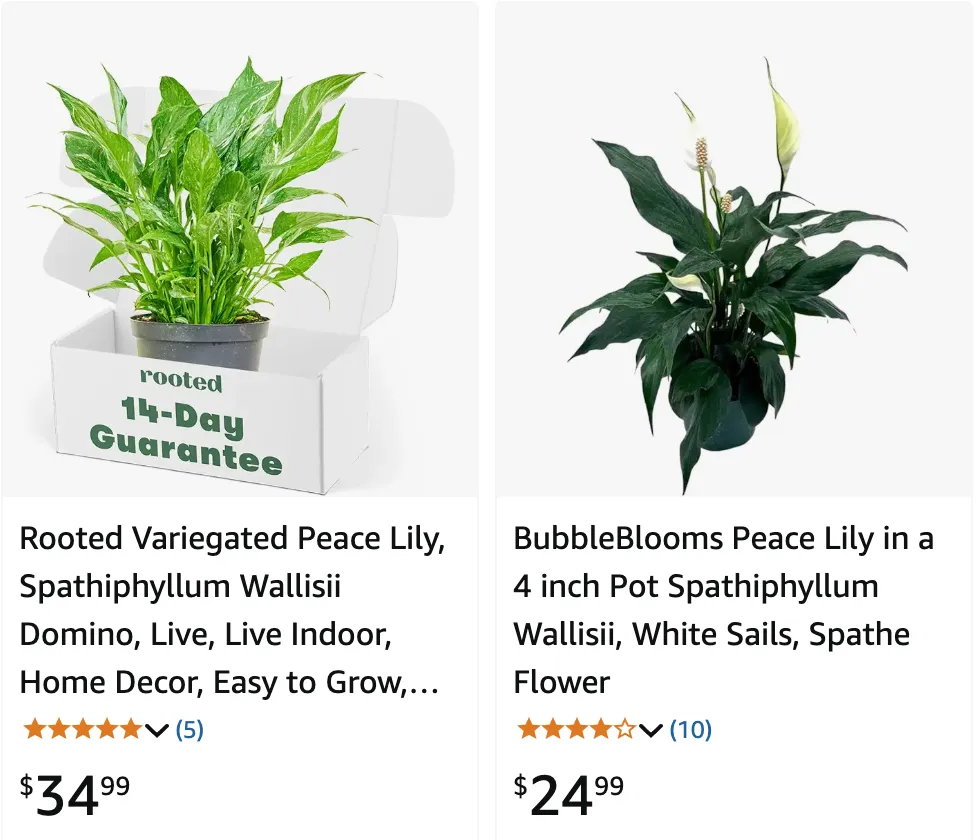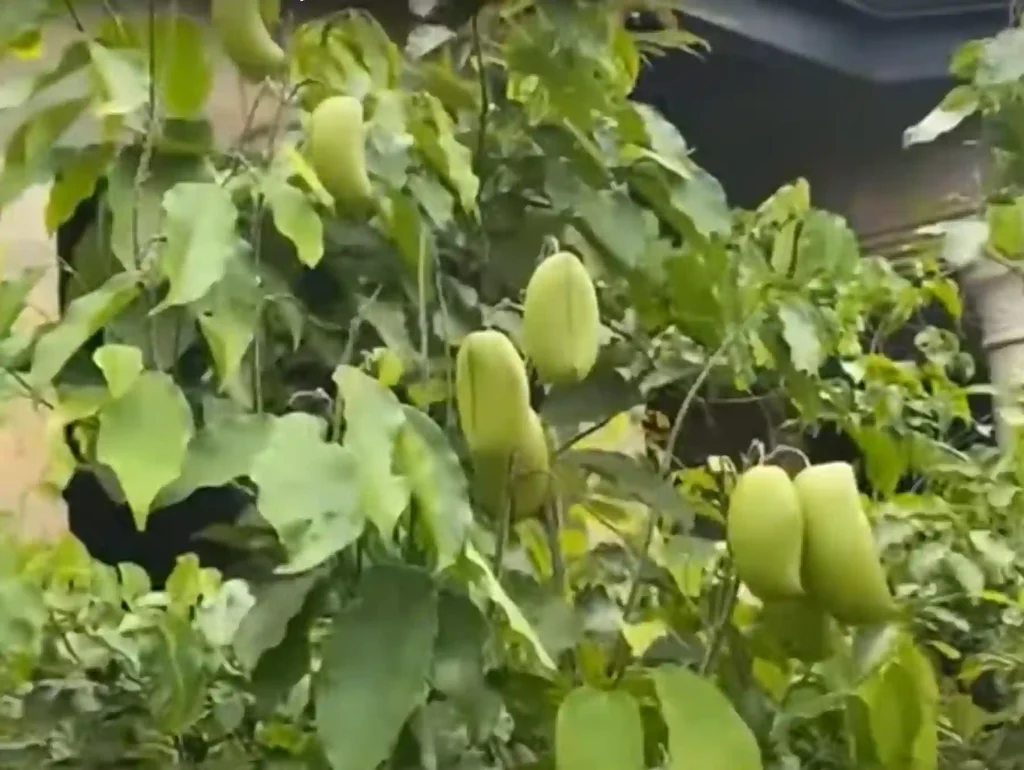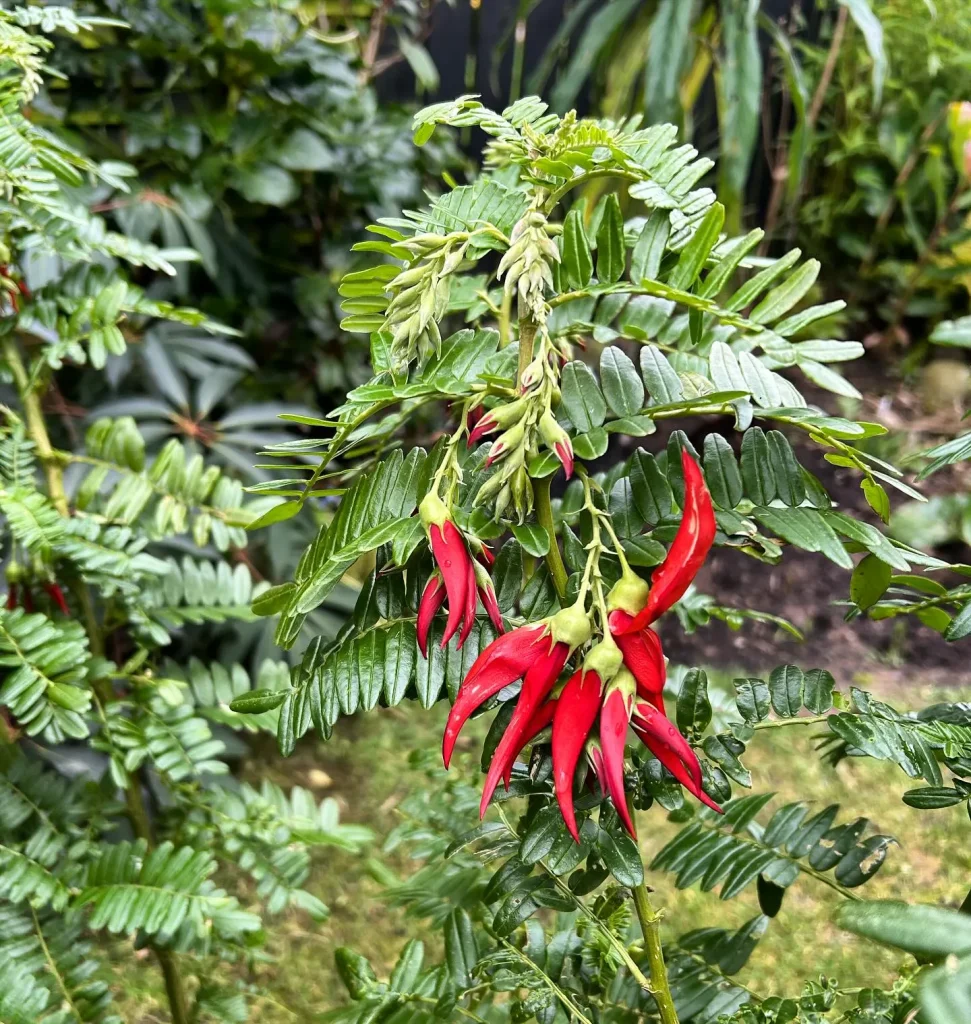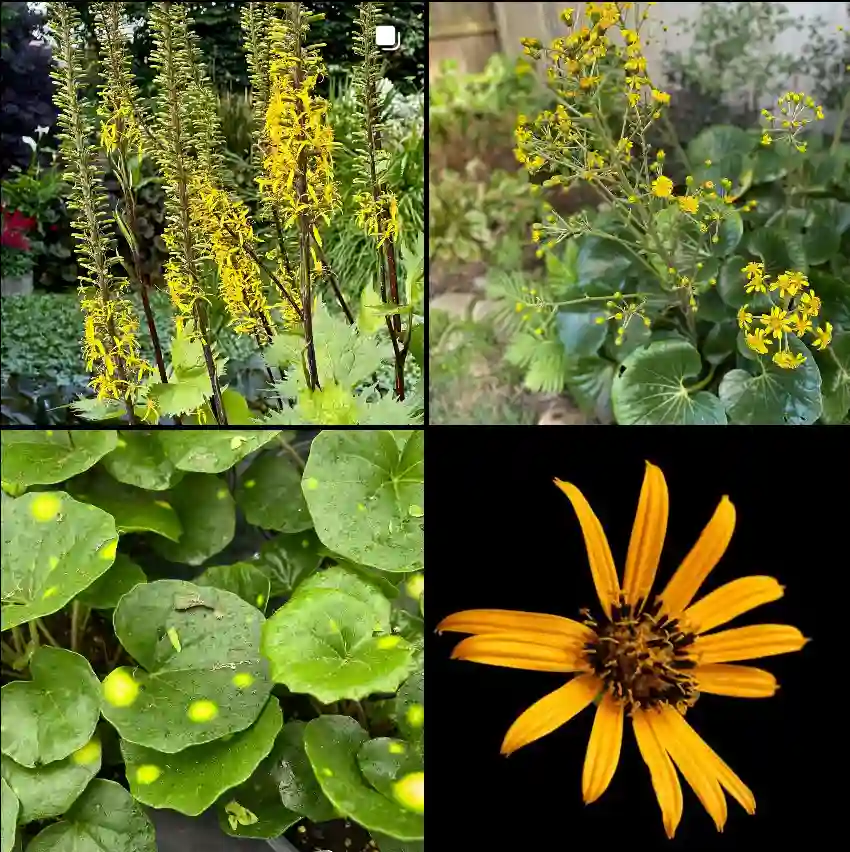
59 Species in Genus Spathiphyllum – Peace Lily
What is Spathiphyllum Wallisii?
Spathiphyllum Wallisii, commonly known as the Peace Lily, is a popular flowering houseplant known for its elegant white blooms and lush green foliage. It is native to tropical regions of the Americas and Southeast Asia. Peace Lilies are famous for their air-purifying qualities and are a great addition to homes and offices.
How to care for Spathiphyllum Wallisii?
Caring for Spathiphyllum Wallisii involves keeping it in a spot with indirect light, avoiding direct sunlight which can burn its leaves. It thrives in moist soil, so watering it when the top inch of soil feels dry is essential. Be sure to use a well-draining pot to prevent root rot. It also benefits from occasional misting, especially in dry environments. Regularly removing dead leaves and blooms helps keep the plant looking tidy and promotes healthy growth.
How to propagate Spathiphyllum Wallisii?
The best way to propagate Spathiphyllum Wallisii is through division. When repotting the plant, gently separate the root clumps into smaller sections, each with its own healthy root system. Plant the sections into individual pots with fresh soil, ensuring they are watered adequately. It’s important to let the new plants acclimate in a warm and humid environment for the best success.
What to plant with Spathiphyllum Wallisii?
Spathiphyllum Wallisii pairs well with other low-light, humidity-loving plants. Consider planting it alongside ferns, calatheas, or pothos. These companions have similar care requirements, thriving in indirect light and benefiting from regular watering. This creates a cohesive, lush indoor garden that thrives together.
Can you grow Spathiphyllum Wallisii indoors?
Yes, Spathiphyllum Wallisii is an excellent indoor plant. It does well in a variety of indoor environments, making it a favorite for homes and offices. As long as it’s kept in indirect light, with proper watering and humidity, it can thrive indoors throughout the year.
Is Spathiphyllum Wallisii toxic to cats?
Yes, Spathiphyllum Wallisii is toxic to cats. It contains calcium oxalate crystals, which can cause irritation to a cat’s mouth and throat if ingested. Symptoms of poisoning may include drooling, vomiting, and difficulty swallowing. It is important to keep the plant out of reach of pets to prevent accidental ingestion.
What are the benefits of Spathiphyllum Wallisii?
Spathiphyllum Wallisii offers several benefits, both aesthetic and practical. It’s known for its air-purifying qualities, as it can remove common indoor pollutants such as benzene, formaldehyde, and trichloroethylene. The plant’s calming green leaves and beautiful white blooms make it a perfect addition to home decor. Additionally, the Peace Lily has been linked to improved mood and well-being due to its lush appearance.
What are common problems with Spathiphyllum Wallisii?
Common problems with Spathiphyllum Wallisii include yellowing leaves, browning leaf tips, and wilting. Yellowing leaves can indicate overwatering or a need for more light. Browning tips are often a sign of inconsistent watering or dry air. To prevent wilting, ensure the plant is consistently watered and check for any pests that may be affecting it, such as mealybugs or aphids.
How does Spathiphyllum Wallisii compare with other similar plants?
Compared to other similar plants like the Monstera Deliciosa or the Aglaonema, Spathiphyllum Wallisii is generally smaller, with delicate white blooms that appear periodically. It is also much more tolerant of low-light conditions than the Monstera, which needs more direct sunlight to thrive. While both Aglaonema and Spathiphyllum are excellent indoor plants, Peace Lilies are better suited for those seeking a flowering plant that also provides air-purifying benefits.
How often should you water Spathiphyllum Wallisii?
Water Spathiphyllum Wallisii when the top inch of soil feels dry. During the warmer months, this may mean watering once a week, but in cooler months, it may only require watering every 10-14 days. It’s important not to let the plant sit in standing water, as this can lead to root rot.
Can Spathiphyllum Wallisii bloom multiple times?
Yes, Spathiphyllum Wallisii can bloom multiple times throughout the year. The plant typically produces its iconic white flowers in the spring and summer, but with the right care, it may bloom again in the fall or winter. Regularly removing spent blooms can encourage more flowers to emerge.
Is Spathiphyllum Wallisii a low-maintenance plant?
Yes, Spathiphyllum Wallisii is considered low-maintenance. It is forgiving of minor care mistakes, such as missed waterings, and adapts well to varying light conditions. However, like all plants, it does best with consistent care, including proper watering, occasional feeding, and being kept away from pests and extreme temperatures.
How to deal with pests on Spathiphyllum Wallisii?
If you notice pests such as mealybugs, aphids, or spider mites on your Peace Lily, treat them immediately. You can remove visible pests manually with a damp cloth or use a gentle insecticidal soap. Regularly inspecting your plant will help catch pest problems early and prevent infestations from spreading.
Why are the leaves of my Spathiphyllum Wallisii turning yellow?
Yellowing leaves can be a sign of overwatering, under-watering, or a lack of nutrients. Ensure the plant is not sitting in water and adjust your watering schedule accordingly. If the plant has been in the same soil for an extended period, consider repotting with fresh soil to provide essential nutrients.
If i die, water my plants!



